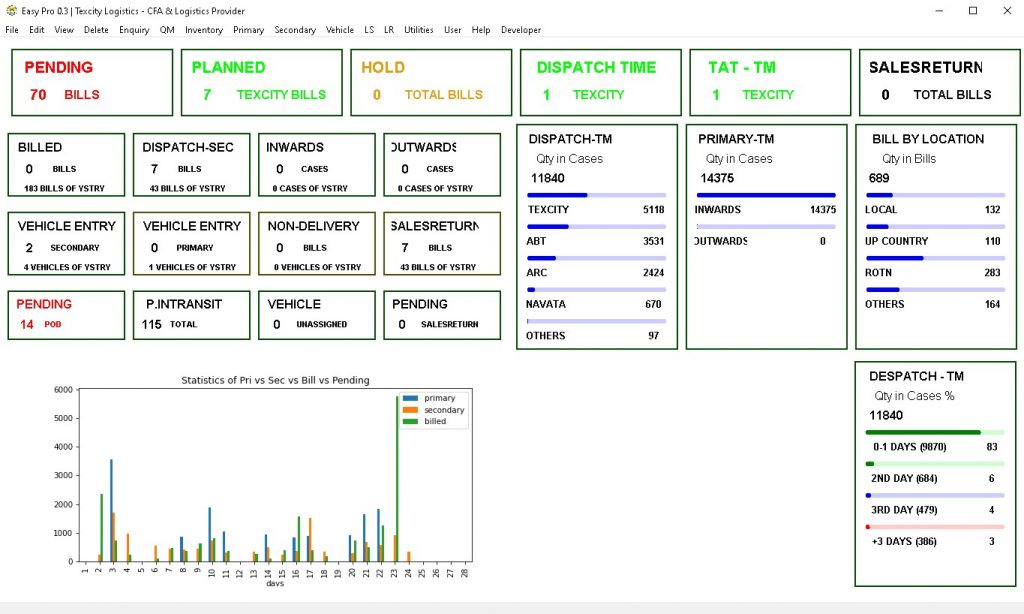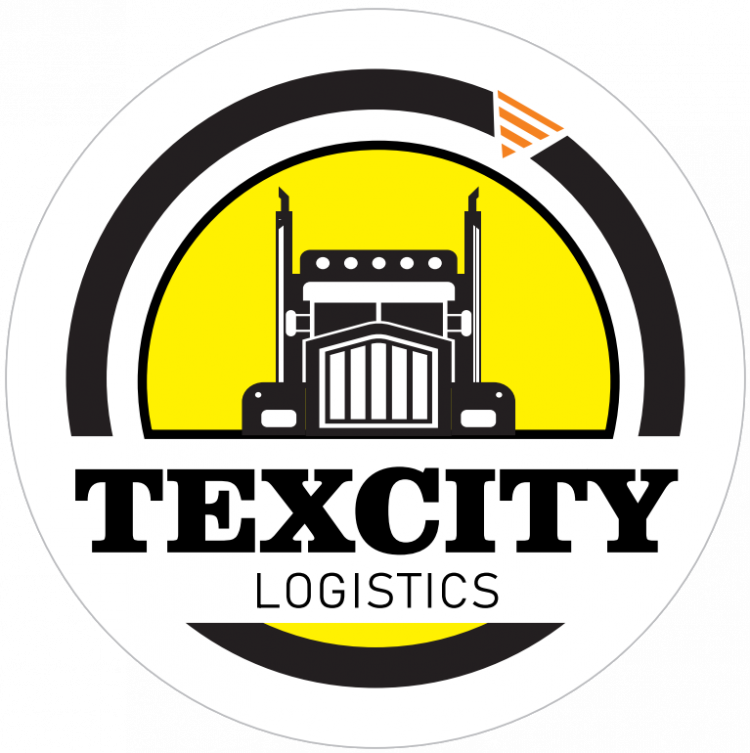Enterprise Digitization and Business Dashboards
Innovation & Technology
Predictive Analysis & Intelligent Decision Making
Software Suite and Technology Ecosystem
Enterprise Digitization & Business Dashboard
Download Brochure
Our Services Brochure
+
Download PDF
For additional questions, contact us.
Support center 24/7
+91 9750617777
Get in touch with us
vasu@tclglobal.in
Integrated Real-time Dashboards
Integrated real-time dashboards are an essential tool for any logistics company that wants to optimize their operations and improve their overall efficiency. These dashboards provide a snapshot of the current status of the logistics operations, including information on pending tasks, planned tasks, tasks on hold, as well as the Turn-Around-Time (TAT) and Time-To-Delivery (TTD) for each task. By providing real-time visibility into the logistics operations, these dashboards help staff and officials to quickly identify any bottlenecks or issues and take appropriate action to address them.

These dashboards typically use a variety of graphical elements such as graphs, progress bars, and cards to present information in an intuitive and easy-to-understand format. The data is updated in real-time, allowing staff and officials to monitor the logistics operations in real-time and make quick decisions based on the current situation. Additionally, these dashboards can be customized to suit the specific needs of the logistics company, with different elements and metrics being displayed depending on the company’s priorities and goals.
Overall, integrated real-time dashboards are an important tool for logistics companies that want to optimize their operations and stay competitive in a fast-paced industry. By providing real-time visibility into the logistics operations and enabling quick decision-making, these dashboards can help companies to reduce costs, improve efficiency, and deliver better service to their customers.
Analytics

Analytics plays a crucial role in logistics and supply chain management. With the help of advanced analytics tools, logistics companies can process and analyze large volumes of data in real-time, providing staff and officials with a clear picture of what’s happening in their operations. This information can be displayed on integrated real-time dashboards that feature graphs, progress bars, and cards for several variables like pending, planned, hold, TAT, TTD, and more.
Having this information at their fingertips allows staff to make quick and informed decisions that can optimize their logistics costs and improve overall efficiency. With predictive analytics, companies can forecast demand, optimize inventory levels, and plan for future growth. This forward-looking approach to supply chain management can help businesses stay ahead of the competition and quickly respond to changing market conditions.
Digital analytics transformed our data management from manual to automated, allowing for faster, more accurate decision-making.
Vasudevan Marappan
By using analytics, logistics companies can also identify areas where they can improve their operations, such as reducing transportation costs, improving delivery times, and minimizing inventory waste. Overall, analytics is a powerful tool that can help make supply chain management easier and more efficient for any kind of business.
Reports & Insights
Access to comprehensive reports and insights is crucial for making informed business decisions. By analyzing sales data by region, time, occasion, and customer, we can identify opportunities for growth and optimize our operations. Daily reports and feedback on delivery and dispatch help us make real-time adjustments to ensure customer satisfaction. Additionally, inventory reports on things like First Expired First Out (FEFO) and damages help us manage our stock efficiently and reduce waste. Overall, investing in robust reporting and analytics capabilities helps us stay ahead of the competition and drive business success.
